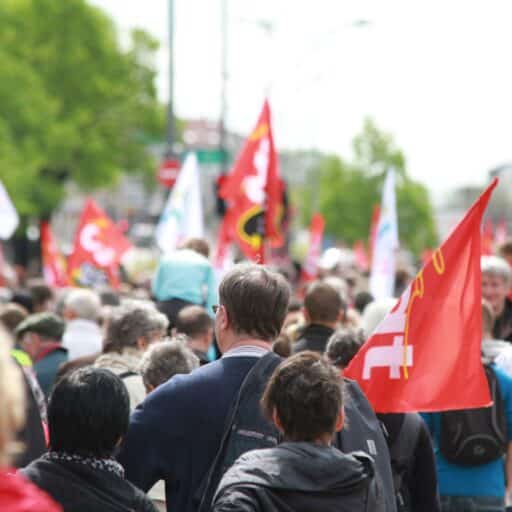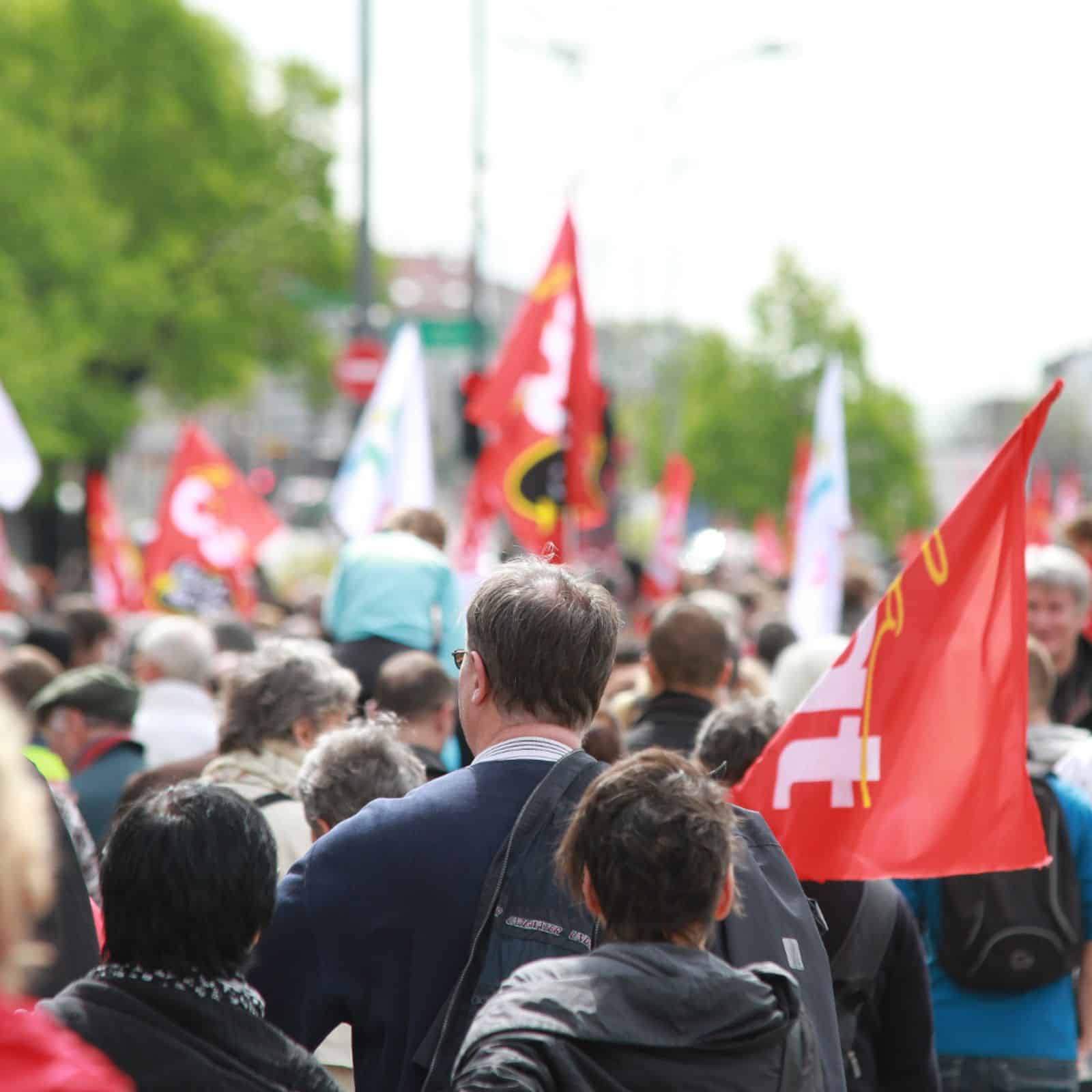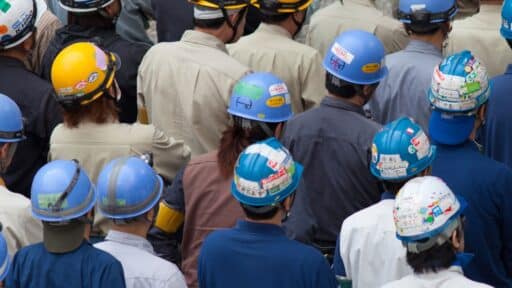Discover the best CRM setup for a union : modules, contacts, and an adapted engagement cycle
In 2025, a union must modernize to stay efficient. Managing memberships, dues, and communications requires structured tools. Spreadsheets alone are no longer enough. A CRM (Customer Relationship Management) helps centralize data, automate tasks, and strengthen member engagement.
With the right setup, a CRM helps unions track participation, coordinate regional teams, and support campaigns. A clear contact structure, relevant modules, and a proper engagement cycle are essential for success.
Understanding the diversity of union contacts
Unions interact with various contact types. The CRM must reflect this diversity:
Active members, regularly paying dues
Supporters, interested but not yet members
Union representatives like delegates or elected officials
Governance bodies at national or regional level
External partners: NGOs, institutions, or social groups
Segmenting contacts by role improves communication and efficiency.
Useful modules to activate
To support daily union work, the CRM should include:
Membership and renewal tracking
Dues management with payment reminders
History of interactions and union participation
Tools for sending emails or newsletters
Event management: meetings, assemblies, and training
Advanced segmentation: by industry, location, or seniority
These features help customize messages and plan coordinated actions.
Key custom fields to include
To better track member activity and engagement, the CRM should store:
Status: member, supporter, representative
Join date and renewal history
Preferred communication channel
Past involvement in events or actions
This data enables targeted follow-ups and deeper engagement.
Example of a union engagement cycle
Here’s how a contact might move through the CRM system:
A worker fills a form or meets a union rep at an event
They receive an automated introduction to the union
A follow-up is sent after ten days if there’s no reply
Once they join, they are assigned to a local section
Dues are tracked, and they’re invited to local events
They are encouraged to take part in actions or volunteer
This cycle supports retention and can be partly automated.
Real-world example
A national union uses a CRM to manage its regional teams. Each local coordinator monitors member activity and dues. National leaders view dashboards to track trends, measure campaign performance, and identify inactive zones. This structure improves coordination and decision-making.
Conclusion
A well-configured CRM helps unions unify actions, improve communication, and build stronger relationships with members. It supports better reporting, simplifies repetitive tasks, and aligns fieldwork with national goals. In 2025, it is a key tool for any modern union.












